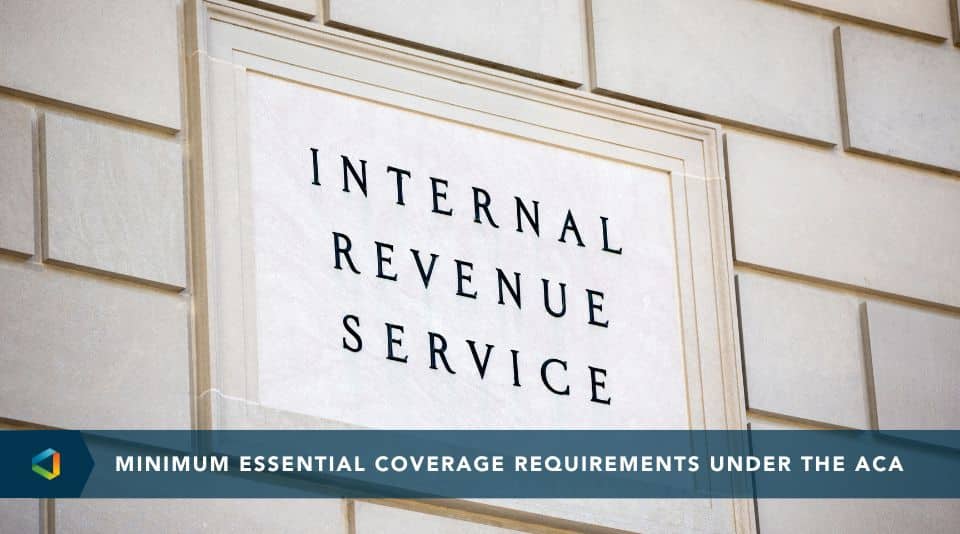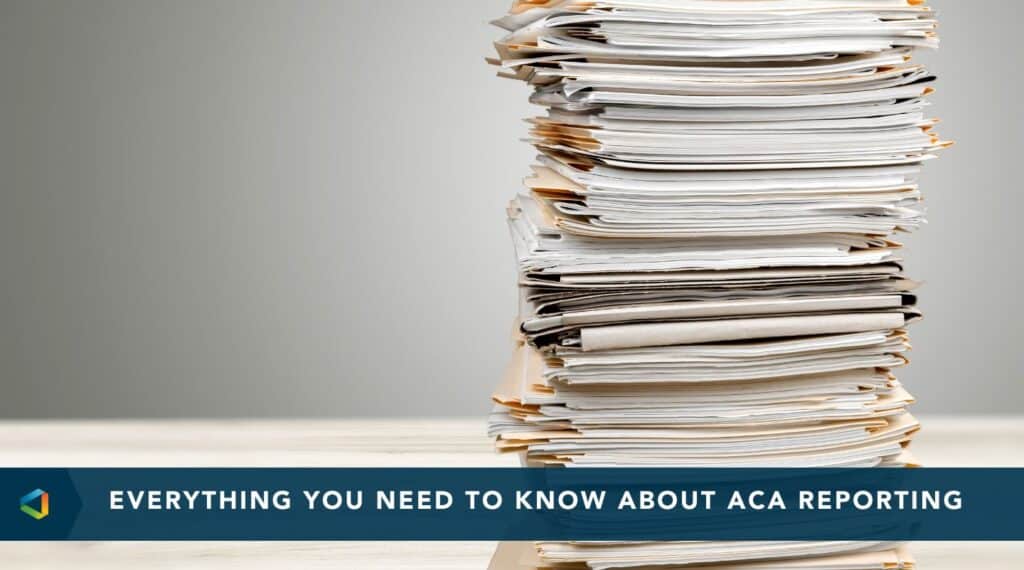Compliance Confidence
Section 4980H Penalties Continue to Grow in 2020
Section 4980H Penalties Continue to Grow in 2020
As of 2015, the Affordable Care Act (ACA) requires applicable large employers (ALEs) to offer affordable minimum essential coverage to full-time employees and their dependents.
ALEs must report information about their health insurance coverage annually to their employees and the IRS using Forms 1094 and 1095. Annual ACA reporting is required regardless of whether or not an ALE offered health insurance coverage and every year brings a slightly larger penalty amount across the board for employers who are not in compliance.
Going into the fifth year of these increased penalties also means growing consequences for employers who make reporting mistakes.
In 2014 the IRC 4980H(a) penalty had an original amount of a $2,000 annual penalty for an employer who does not offer “minimum essential coverage” (MEC) to at least 95% of its full-time employees and their dependents may be subject to a penalty. The IRC 4980H(b) had an original amount of a $3,000 annual penalty if an employer does offer MEC to at least 95% of its full-time employees and their dependents, but the coverage is not “affordable” or does not provide “minimum value.” These penalties are calculated using the premium adjustment percentage (PAP) that changes annually and with a particular code provision of math.
The code provision and math that is utilized along with the PAP to determine the penalty amounts are calculated annually. The code clarifies that the original $2,000 amount associated with the section 4980H(a) penalty and the original $3,000 amount associated with the section 4980H(b) penalty would be adjusted for calendar years beginning after 2014 according to IRC section 4980H(c)(5)). The Code indicates that the original dollar amount of each penalty is multiplied by the PAP, which is defined in section 1302(c)(4)) of the ACA. Once this number is acquired, the Code instructs that the product of those numbers are rounded down to the next lowest multiple of $10 (granted the number is not already a multiple of $10). While this may sound confusing, the equation is fairly straight forward once the PAP is known.
The PAP for 2020 was released by the Department of Health and Human Services (HHS), and the Centers for Medicare & Medicaid Services (CMS) in the Patient Protection and Affordable Care Act; HHS Notice of Benefit and Payment Parameters for 2020 document. You can view this document clicking here.
The PAP for 2020 is 28.95211380 adjusted from 29.69721275 due to updated data being released by the National Health Expenditures Account in February 2019 leading to the slight decrease in the PAP. This is still an increase of 3.02 percent from the 2019 PAP. While this may seem like a decent jump, it is substantially less than the PAP increase between 2018 and 2019 which was 7.7 percent.
Now that we have the premium adjustment percentage (PAP) for 2020, we can calculate the 2020 section 4980H penalty amounts as follow:
- Section 4980H(a): $2,000 * 1.2895211380 = $2,579.04
- Section 4980H(b): $3,000 * 1.2895211380 = $3,868.56
Given the code’s rounding rule call for us to round to the next lowest multiple of $10, then the correct numbers to use when calculating the potential section 4980H penalties for 2020 are:
- Section 4980H(a) penalty amount = $2,570
- Section 4980H(b) penalty amount = $3,860
Many employers have already experienced these rounded penalty amounts indicating that the IRS is very serious about its enforcement of the section 4980H penalties. As the section 4980H penalties continue to increase each year per the given code above the IRS will presumably continue to be more rigorous in its review of Letter 226J reviews. Therefore, avoiding the section 4980H penalties and, importantly, accurately reporting on the Forms 1094-C and 1095-C is highly advised.
To stay up to date on the latest in healthcare and benefits updates, visit OneDigital’s Compliance Confidence blog.
Share
Related News & Updates

Article
IRS Issues Final Rule to Fix “Family Glitch”
10.12.2022



